To Pierre Cherix
A few days ago, I read an interesting, but little-known, article concerning the conservation of two Coptic parchment fragments. The article was published in 2004 by Paul Hepworth and Maurizio Michelozzi in the journal The Paper Conservator (edited by the Institute of Conservation in London).[1] The two researchers have developed, independently, a similar technique of conservation and treatment of parchment manuscripts. They managed to treat successfully the parchment by using re-moistenable repairing material: fish swim bladder membrane in one case, and fine Japanese tissue in the other.
The two conservators used the new techniques on a Coptic parchment leaf in the Cleveland Museum of Art and a bifolio in the Walters Art Museum in Baltimore. Now, I was surprised to learn that there are Coptic manuscripts kept in these two locations, since I did not remember them being mentioned elsewhere.
The bifolio in Baltimore is said to contain a portion from the Book of Exodus in Coptic. As to the leaf in the Cleveland Museum of Art, it is thought to be “from a Christian homily, dated to AD sixth to seventh century, from Fayum, Egypt.”[2]
Luckily, the authors published the photo of the folio’s recto before and after conservation, thus making possible the examination both of the handwriting and of a portion of the text. I found the same picture on the website of Cleveland Museum of Art:
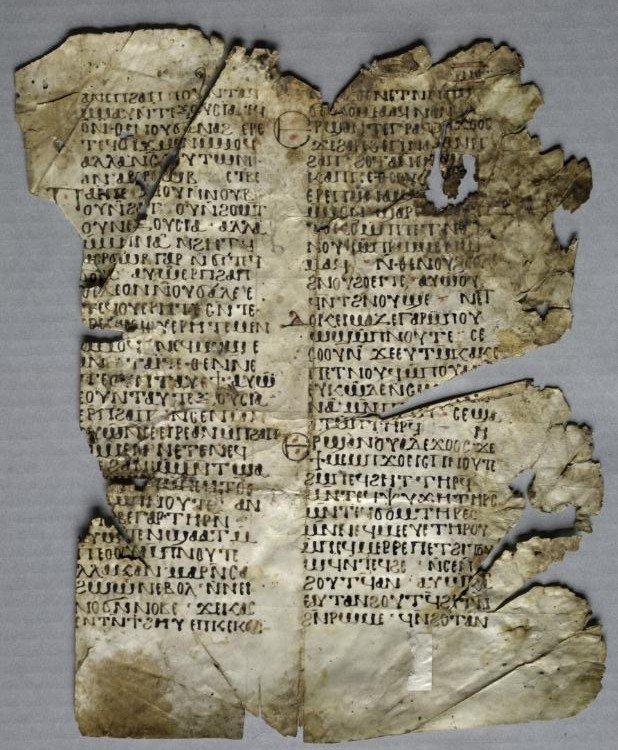 The fragment is paginated 159 on the recto (the verso must be thus page 160) and it can be recognized as a manuscript from the White Monastery. More precisely, the folio comes from codex MONB.ZJ, which contained only writings by Shenoute of Atripe, abbot of the White Monastery during the fourth and fifth century AD. Other leaves of the same codex are scattered around the world, in Moscow, Cambridge, Paris, Vienna, Naples, and Cairo.[3]
The fragment is paginated 159 on the recto (the verso must be thus page 160) and it can be recognized as a manuscript from the White Monastery. More precisely, the folio comes from codex MONB.ZJ, which contained only writings by Shenoute of Atripe, abbot of the White Monastery during the fourth and fifth century AD. Other leaves of the same codex are scattered around the world, in Moscow, Cambridge, Paris, Vienna, Naples, and Cairo.[3]
The text of the Cleveland fragment derives from Shenoute’s discourse “I Have Heard About Your Wisdom” (aka Ad Flavianum ducem). This discourse is fully extant in codex IFAO 1, which was edited by Emile Chassinat in 1911,[4] reedited by Pierre du Bourguet (1955)[5] and later by Pierre Cherix (1979).[6] Fragments of other manuscripts of the same text were published before them by Emile Amélineau.[7]
Cherix has made available on his website Coptica the edition of the text, as well as a very useful concordance, thanks to which I was able to identify precisely the text of the Cleveland leaf.
Recently, Anne Boud’hors presented on this blog a White Monastery leaf which was kept, somewhat unexpectedly, in Chartres library until its disappearance during the bombing of the Second World War. Another White Monastery fragment was spotted a few years ago by Hugo Lundhaug in the Museum of Cultural History in Oslo. Hugo’s report on the Oslo fragment can be read here. Now we find another previously unknown White Monastery leaf in the Cleveland Museum of Art. All these new discoveries, made in locations which are not renown for holding Coptic manuscripts, must make us wonder how many other unknown White Monastery fragments are hidden in various museums and libraries around the world.
[1] P. Hepworth & M. Michelozzi, “Conservation of Two Coptic Parchment Manuscript Fragments,” The Paper Conservator 28 (2004) 63-73.
[2] Ibidem, 63.
[3] For the directory of the codex’s fragments, see S. Emmel, Shenoute’s Literary Corpus (CSCO, 599 & 600. Subsidia, 111 & 112; Louvain: Peeters, 2004).
[4] E. Chassinat, Le Quatrième livre des entretiens et épîtres de Shenouti (MIFAO, 23; Cairo: Imprimerie de l’Institut Français d’Archeologie Orientale, 1911) 84-94.
[5] P. du Bourguet, “Entretien de Chenoute sur les devoirs des juges,” BIFAO 55 (1955) 85-109, article available here.
[6] P. Cherix, Étude de lexicographie copte: Chénouté, Le discours en présence de Flavien (les noms et les verbes) (Cahiers de la Revue Biblique, 18; Paris: Gabalda, 1979).
[7] E. Amélineau, Œuvres de Schenoudi: Texte copte et traduction française vol. 1 (Paris: Ernest Leroux, 1910).









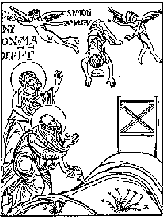




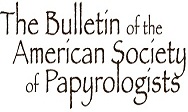
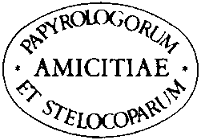
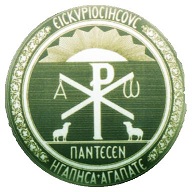





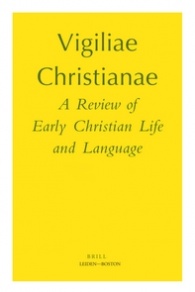






Pingback: http://www.sju.edu/blogs/shutterhawk/?p=1109
Pingback: Shenoute, “I have heard about your wisdom” (Ad Flavianum ducem) – English translation by Anthony Alcock – Roger Pearse